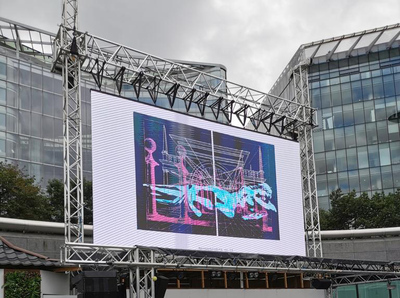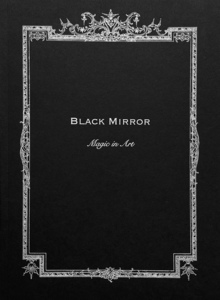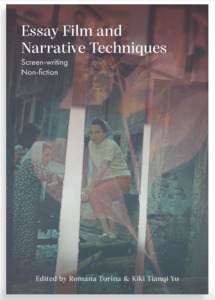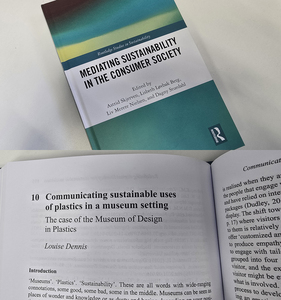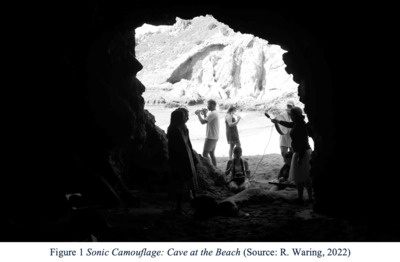The scene that followed was the most remarkable that I have ever witnessed. At one moment there was an intense and nerve shattering struggle with death screaming through the air. Then, as if with the wave of a magic wand, all was changed; all over ‘No Man’s Land’ troops came out of the trenches, or rose from the ground where they had been lying.
In 1917 the British government took the unprecedented decision to ban the depiction of the corpses of British and Allied troops in officially sponsored war art. A decade later, in 1927, Australian painter Will Longstaff exhibited Menin Gate at Midnight which shows a host of phantom soldiers emerging from the soil of the Flanders battlegrounds and marching towards Herbert Baker’s immense memorial arch. Longstaff could have seen the work of British artist and war veteran Stanley Spencer. His vast panorama of post-battle exhumation, The Resurrection of the Soldiers, begun also in 1927, was painted as vast tracts of despoiled land in France and Belgium were being recovered, repaired, and planted with thousands of gravestones and military cemeteries. As salvage parties recovered thousands of corpses, concentrating them into designated burial places, Spencer painted his powerful image of recovery and reconciliation. This article will locate this period of ‘re-membering’ in the context of such artists as Will Dyson, Otto Dix, French film-maker Abel Gance, and more recent depictions of conflict by the photographer Jeff Wall. However, unlike the ghastly ‘undead’ depicted in Gance’s 1919 film or Wall’s ambushed platoon in Afghanistan, Spencer’s resurrected boys are pure, whole, and apparently unsullied by warfare.
 |



 Lists
Lists Lists
Lists



